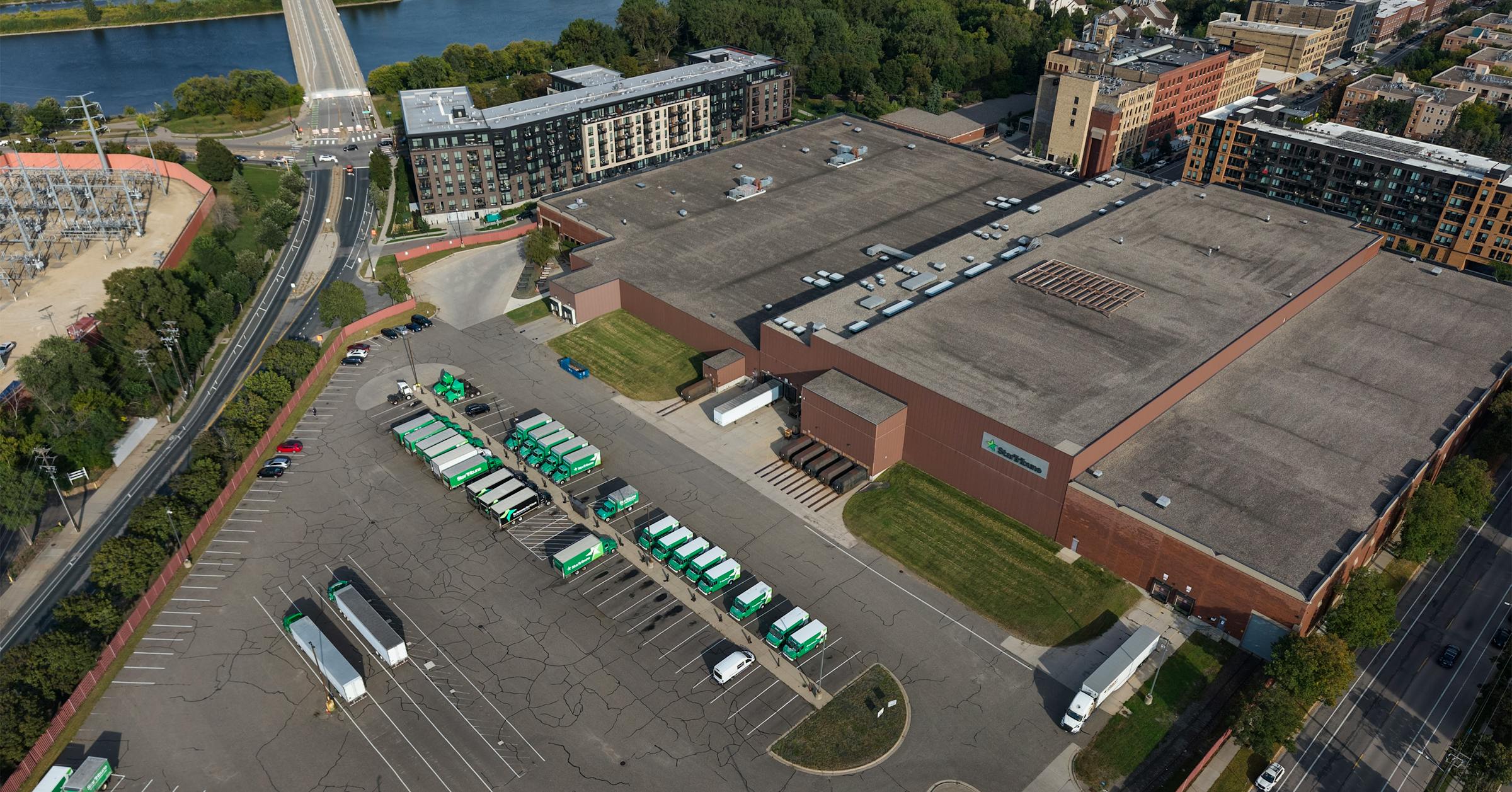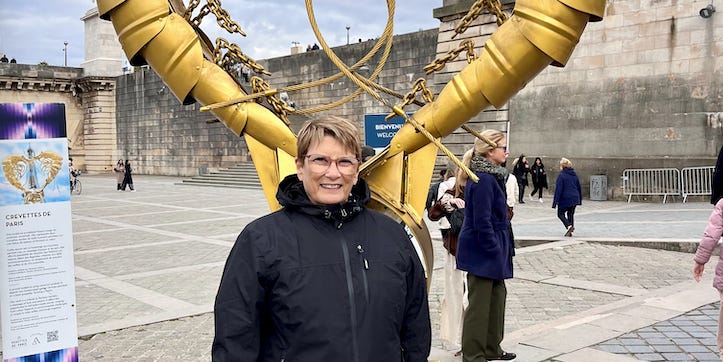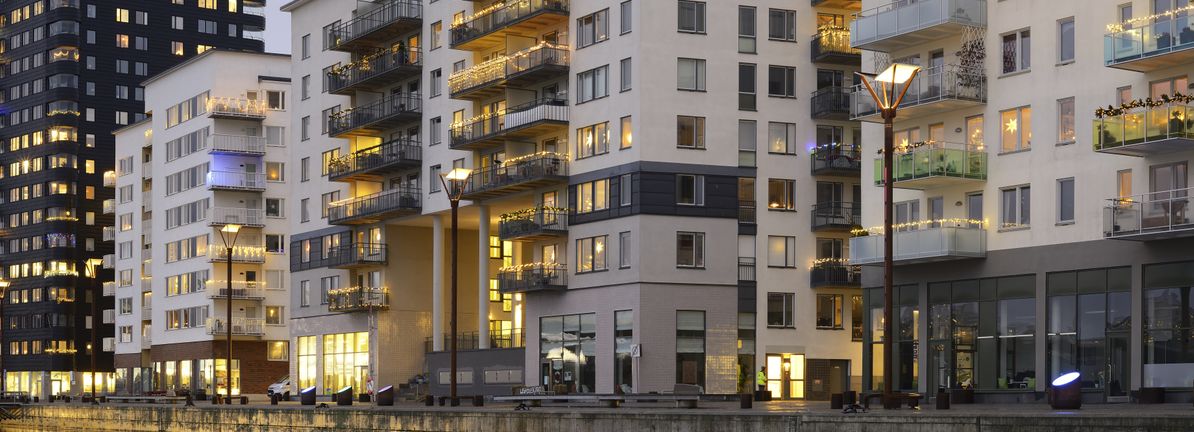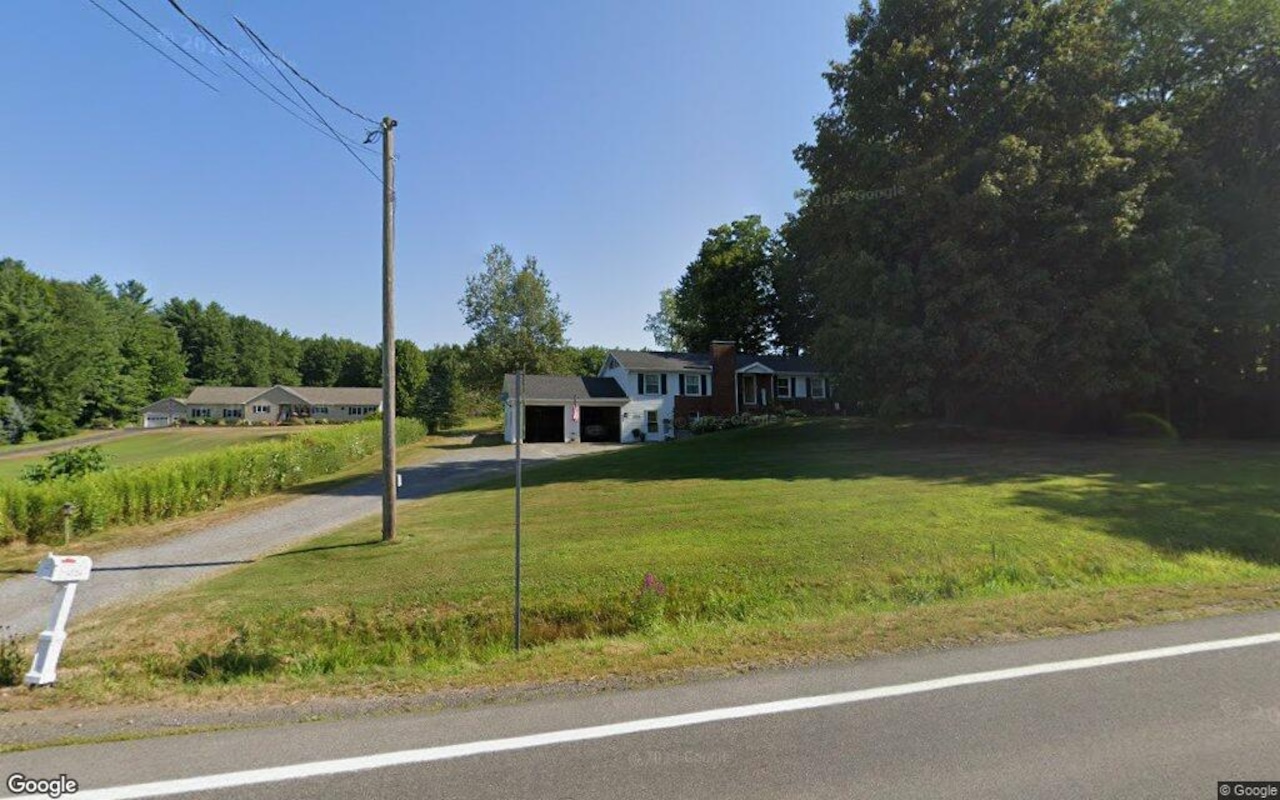T
he Minnesota Star Tribune’s 13‑acre Heritage Center in Minneapolis’s North Loop is set to become the city’s newest major redevelopment project. The plant, which has printed the paper since 1987, will cease operations in December and the newsroom will move to a Gannett facility in Iowa. With the site now on the market, developers are lining up to bid on a parcel that sits amid upscale boutiques, high‑rise condos and riverfront parks.
Ryan Cos., a Minneapolis‑based developer, says the opportunity is “rare” because large urban sites of this scale are scarce. “Everyone’s going to be interested,” he told reporters, noting that the North Loop’s transformation from parking lots to mixed‑use has created a high demand for new projects. Yet the timing is challenging: commercial real estate is in a slump, office vacancies are at record highs, and lenders are cautious amid high construction and borrowing costs.
The Heritage Center currently houses a warehouse large enough for six railcars, loading docks, and a parking lot of a few hundred spaces. The printing operations will shut down at year‑end, freeing the site for new uses. The Star Tribune is still deciding how to market the property and is receiving “tons of calls” from brokers and developers. The paper will evaluate offers based on future use, neighborhood impact, and overall fit, rather than simply selling to the highest bidder.
The site’s history reflects the North Loop’s evolution. Built in 1986 when the area was largely vacant, the plant now sits next to luxury rentals, restaurants, and retail that have replaced former warehouses. The Star Tribune’s own headquarters, once on 5th Street and Portland Avenue, was redeveloped into U.S. Bank Stadium, illustrating the city’s pattern of converting old assets into new, high‑profile uses.
Opus, a Twin Cities developer, has already purchased a 3‑acre parcel adjacent to the plant and built upscale rentals overlooking the Mississippi River. Its vice president, Nick Murnane, sees the Heritage site as a chance to extend the North Loop’s success, noting the high demand for office and retail space but limited development opportunities.
John McCarthy, a long‑time commercial broker, highlights the site’s unique infrastructure: streets, rail lines, and proximity to the river within an established neighborhood. He calls it “virtually unheard of” and predicts it will become a hot commodity. Nearby, Graco’s 40‑acre industrial campus, which includes riverfront property, is also on the market, adding to the region’s redevelopment buzz.
Potential uses for the Heritage Center range from a data center to a new NBA arena. The site’s size—over 13 acres—exceeds the current Target Center footprint (under 4 acres) and could accommodate a large facility. However, the lack of public transit, highway access, and parking that Target Center enjoys may be a drawback for an arena. Mayor Jacob Frey and other downtown boosters argue for keeping an arena in the central business district to preserve accessibility.
A data center is another viable option. Don Kohlenberger of Hightower Initiatives points out that the plant already has substantial electrical capacity, making it attractive for tech firms. He also suggests the site could host a parking ramp linked to a North Loop transit shuttle, a wellness center, or even a mixed‑use development with housing, offices, and retail. Yet the current rental market, financing environment, and competition from other sites may limit large residential projects.
Zoning and permitting will play a key role. The site is currently classified as “production/mixed‑use,” allowing commercial, warehouse, and high‑density development up to 15 stories. Recent regulatory updates favor residential conversions, potentially speeding up redevelopment. Developers who can reuse existing infrastructure—such as a tech company or a mixed‑use developer—may find the site more attractive than a full demolition and rebuild.
The Star Tribune’s decision will consider the broader impact on the neighborhood and city. The paper’s vice president of communications, Chris Iles, emphasizes that the sale will not be to just anyone; the company will look for a buyer whose vision aligns with the community’s needs and the site’s potential.
In summary, the Heritage Center’s sale marks the end of a 40‑year printing era and the beginning of a new chapter for Minneapolis’s North Loop. With developers eyeing the 13 acres for data centers, arenas, or mixed‑use projects, the site’s future will hinge on market conditions, financing, and community fit. As the city continues to transform its industrial past into vibrant urban spaces, the Heritage Center stands poised to become the next landmark redevelopment.













